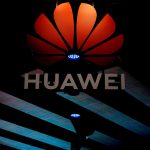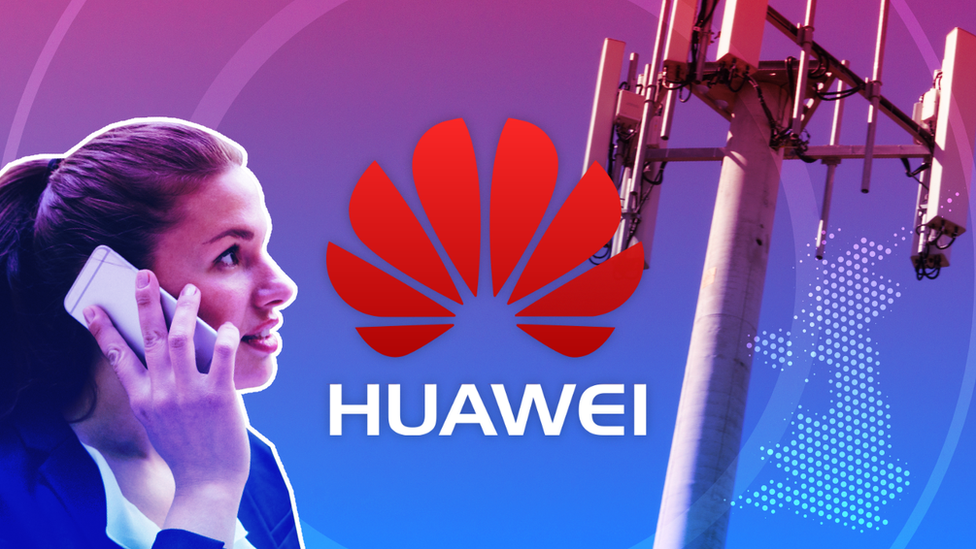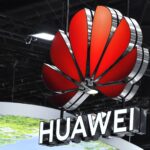
Huawei Technologies Co Ltd – the Chinese-based multinational company has been a bit quiet lately because of the series of pressure it has encountered from the U.S. government that have jeopardized its main “networking equipment” business – the U.S. government accused the Chinese tech giant of being a threat to its national security.
Due to the crisis Huawei has faced, its reputation as a high profiled tech company that supplies semiconductors, networking equipment, telecom equipment, among many other services, runs on a flat line.
However, the Chinese tech giant seems to be targeting the transportation industry as another innovative solution to restoring its brand reputation and further attaining developmental growth.
Huawei technologies embarked on its “pilot project” – a scheme designed for the Chinese road network, specifically developed for self-driven vehicles.
To determine the smart road software’s responsiveness, the tech company initiated a test drive with a self-driven bus on the highway of Wuxi city that is a 2.5-mile distance long.
They reported that the test drive was a success – the bus traveled to-and-fro while making necessary stops, accelerating and decelerating accurately while swerving past hurdles, based on the transfer of information between the road and the vehicle.
The smart road technology enables a self-driven vehicle aware of its surroundings – the smart road software implanted in the Chinese road networks and other infrastructures such as street signs, sensors, radars, traffic lights, cameras, bus stops, etc., enables vehicles to communicate with the road while on the motion.
The Chinese government intends to make traffic safer with new technologies. They also issued a contract to Huawei technologies, a local Chinese tech company.
This indigenous tech company usually supplies chips and telecom equipment globally. In contrast, the Chinese require Huawei to supply the equipment in developing the smart road software and to further spread development and funding within its reach.
The Chinese also gave the tech company access to its official site, the same site recorded as the first Chinese federal mission to developing intelligence and connectivity in vehicles.
The president of Huawei’s Information and Communications Technology unit, Jiang Wangcheng, said: “Autonomous driving is an irresistible trend, but any isolated vehicle alone cannot nail it. The only solution is to get more information about the roads.”
The test subject (vehicle) used to examine the responsiveness of the smart road tech is dubbed “X-bus” – the vehicle is connected to a “transportation control” server, a network that transliterates everything that is present and occurs on the road.
The communication system functions as a P2P network whereby X-bus sends data to the Transportation Control continuously and requests information about the roads’ condition such as the information about congestions’ in traffic or the road free of traffic.
However, the X-bus is characterized as an autonomous vehicle, and to ensure safety precautions protocol is dully followed, a human driver should always be present at the driver’s seat in case the vehicle loses control.
Since the U.S. government has restricted the Chinese tech giant from conducting business, Huawei could have ventured into building its self-driven cars. Likewise, its colleagues like Apple ventured into the automobile industry, and they decided to make transportation their next big plan.
Huawei’s smart road technology reserves its reputation as the supplier of software and Communications equipment suitable for the advancement of automobile evolution at least in the Chinese market at the moment.
Discover more from TechBooky
Subscribe to get the latest posts sent to your email.














